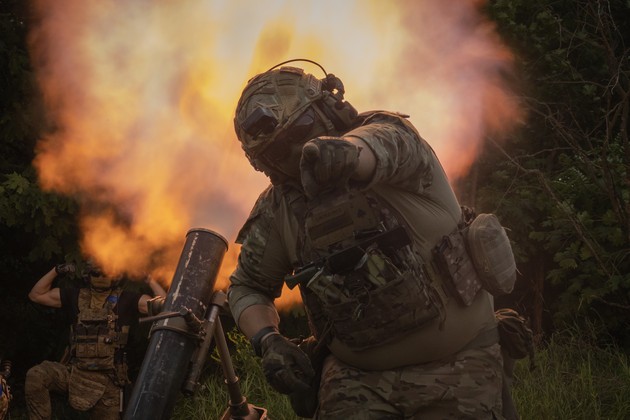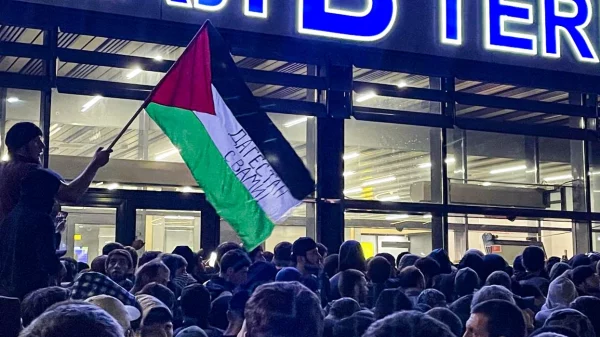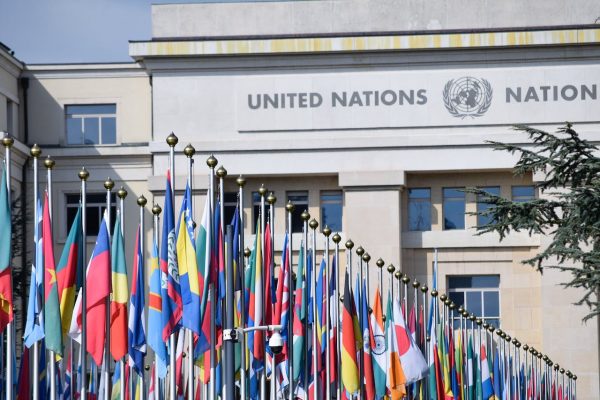According to two US Pentagon officials and corroborated by The New York Times, the main Ukrainian counter-offensive in the southeast of the country is well underway. Thousands of reinforcements, many of them trained in the West, are pouring into the frontline, with reports of significant attacks cited by the Russian Defense Ministry. British intelligence also affirms Russia’s deployment of additional Ka-52 attack helicopters in response to the offensive.
The operation is considered a major test for Ukrainian forces and, if successful, could last for two to three weeks. Reports from the Zaporizhzhya front indicate intense artillery battles flaring up. Ukrainian officials shared that the reinforced groups are aiming to advance south through Russian minefields and other defensive installations towards the town of Tokmak. Their ultimate goal is to cut a land bridge to Crimea that runs through occupied territories in southern Ukraine, as all the main supply routes in the area pass through Melitopol.
Russian Defense Ministry spokesman, Igor Konashenkov, reported a large-scale Ukrainian attack and fierce battles south of Orichiv, approximately 100 kilometers from the coast of the Sea of Azov, via Tokmak.
Deputy Defense Minister, Hanna Malyarova, confirmed Ukrainian troop advancements in the directions of Berdyansk and Melitopol, with fierce fighting taking place for the village of Robotyne. Additionally, Ukrainian forces have consolidated in the east near Staromajorske.
While US Defense Secretary Lloyd Austin refrained from commenting on the next phase of the Ukrainian counter-offensive, he emphasized Ukraine’s preparedness and perseverance in navigating through minefields and other obstacles.
Reports suggest that massive reinforcements, including troops previously in reserve, are being deployed by Ukraine. Many of these troops have received training in the West and have access to Western equipment. Vladimir Rogov, the Russian-installed administrator of the Zaporizhzhya region, reported the deployment of over 100 Western armored vehicles, including Leopard 2 tanks and M2 Bradley infantry fighting vehicles, although these claims are yet to be independently verified.
A significant element in Russia’s response to the offensive is the deployment of Ka-52 Hokum attack helicopters, with indications that Russia has introduced the modified Ka-52M variant. This newer version is adapted based on experiences gained during deployments in Syria and boasts improved capabilities, including the integration of a new LMUR anti-tank missile with a range of about 15 km. This enables the helicopters to engage targets beyond the range of Ukrainian air defense systems.
Amid the ongoing conflict, Russian forces are reportedly on the defensive across most of the 1,000-kilometer front, but they are conducting offensive operations in a roughly 100-kilometer stretch in the northeast of Ukraine, particularly near the towns of Kupyansk, Svatove, and Kreminna, according to Ukrainian military officials.
The situation remains fluid and tense, with the potential for further escalation as both sides continue to strengthen their positions in the region.


















